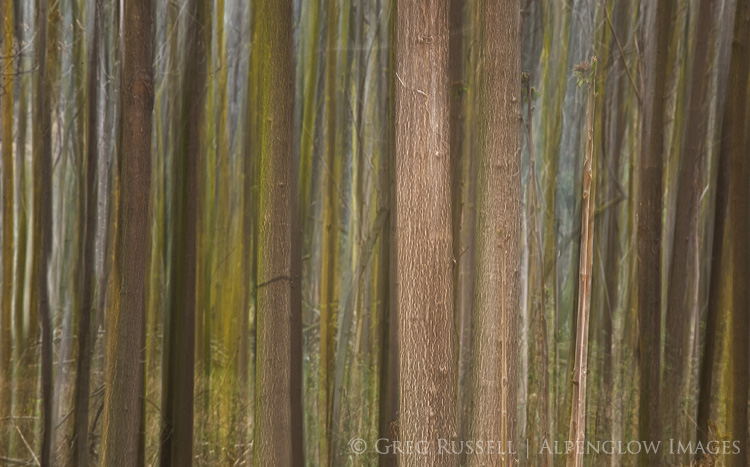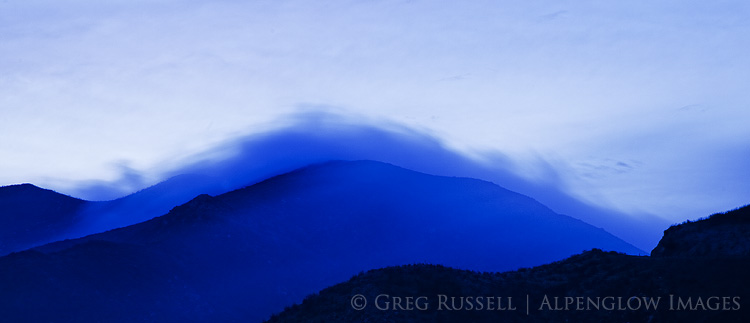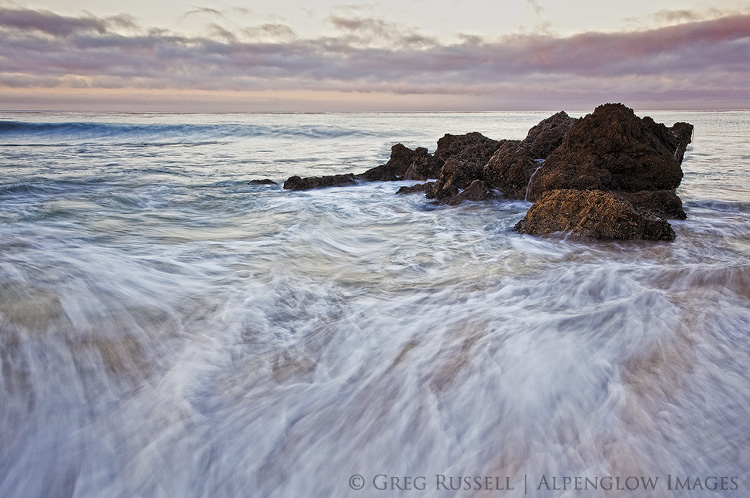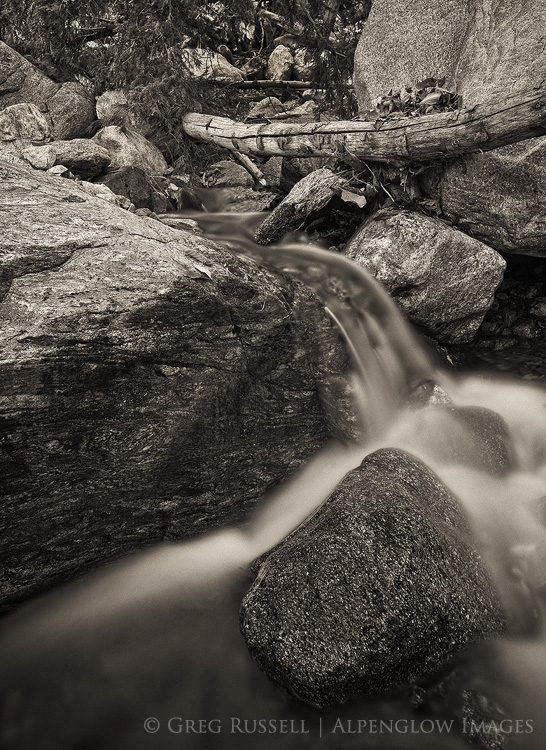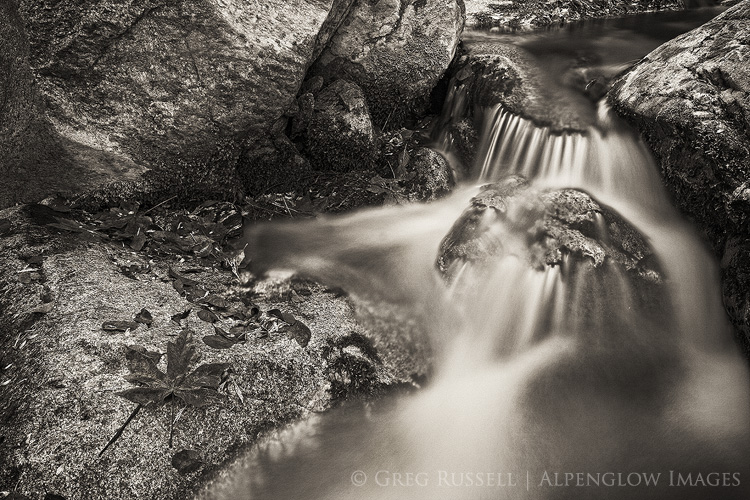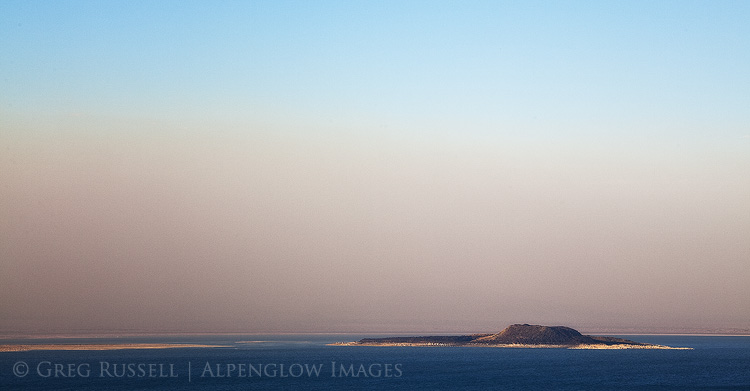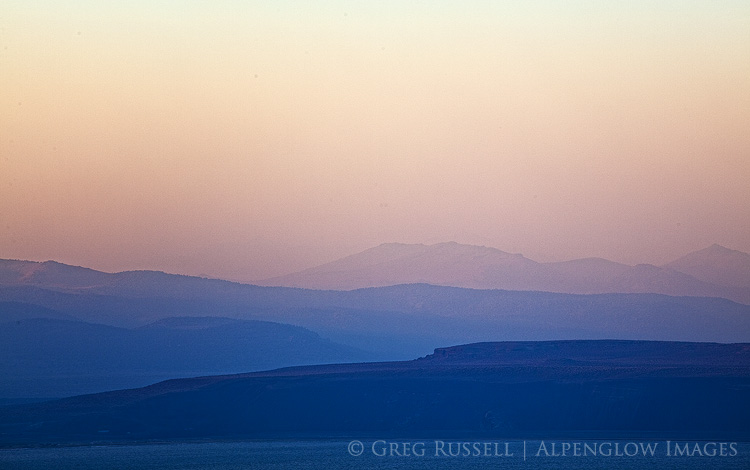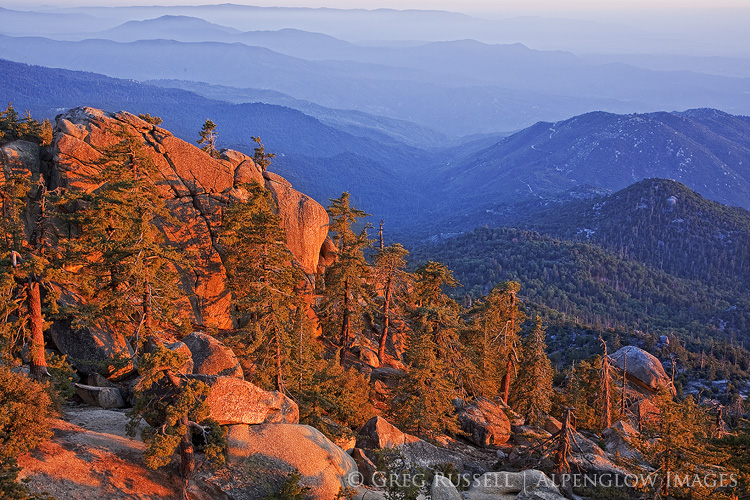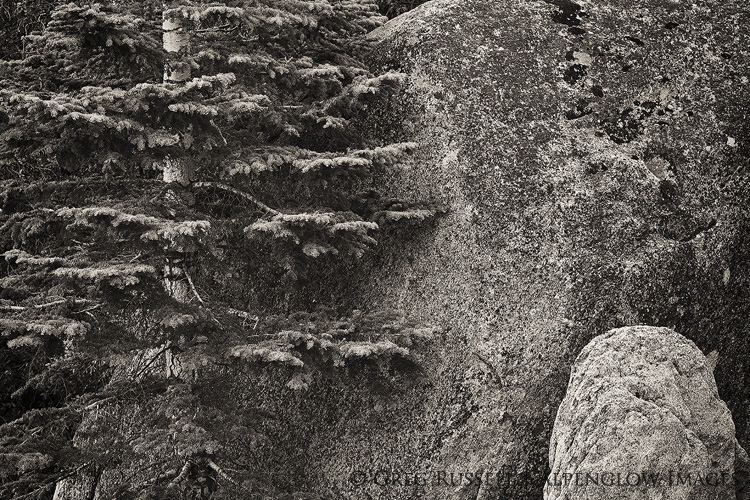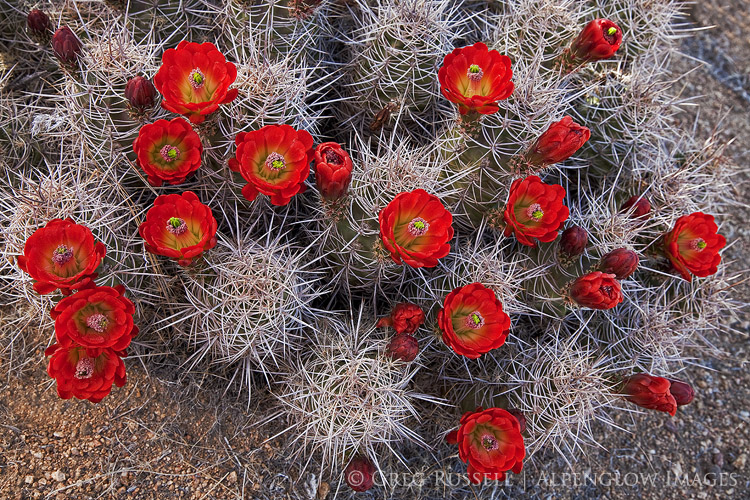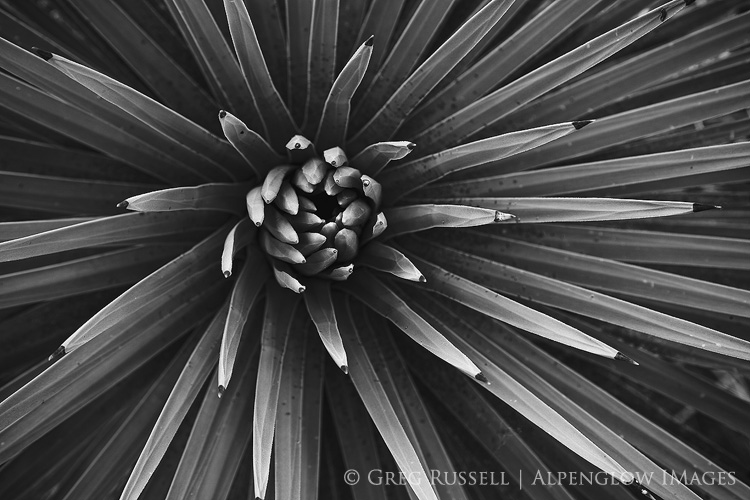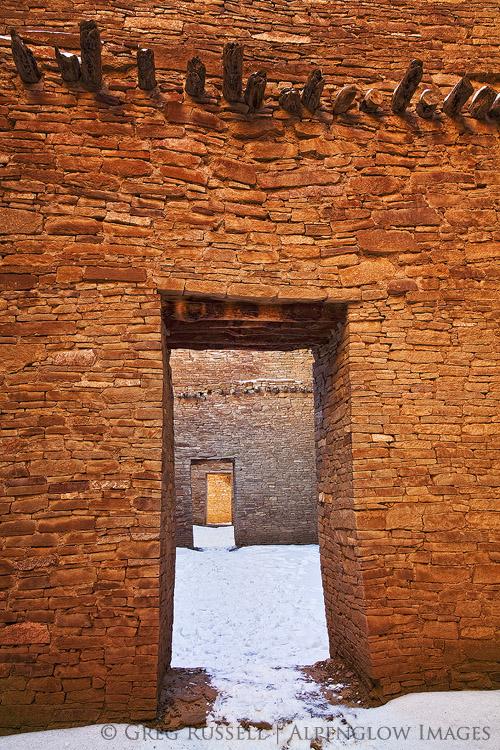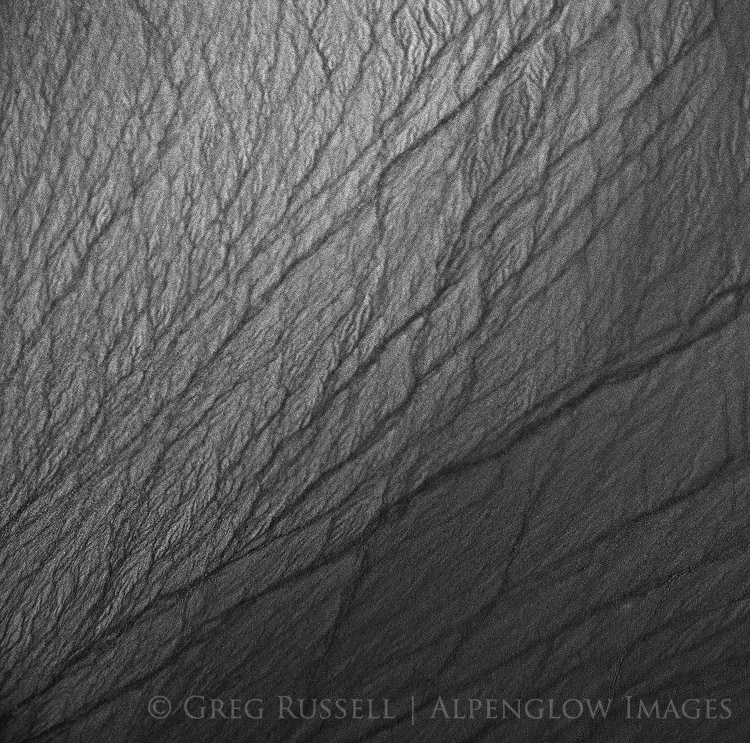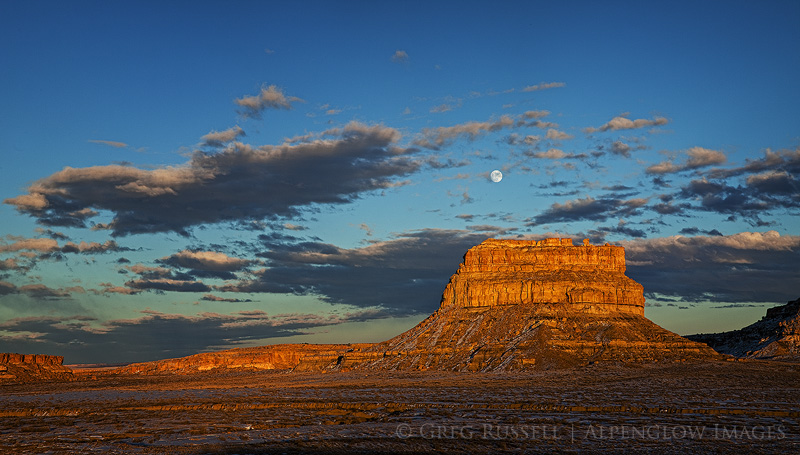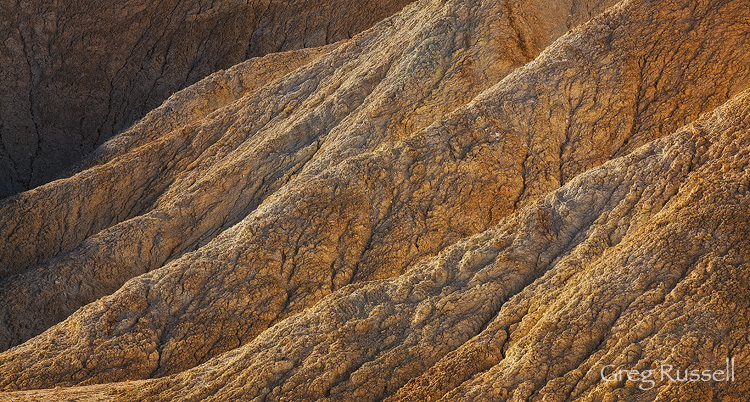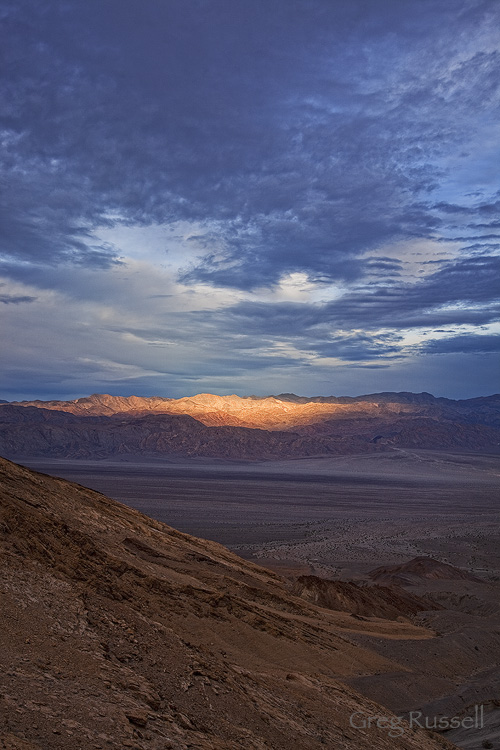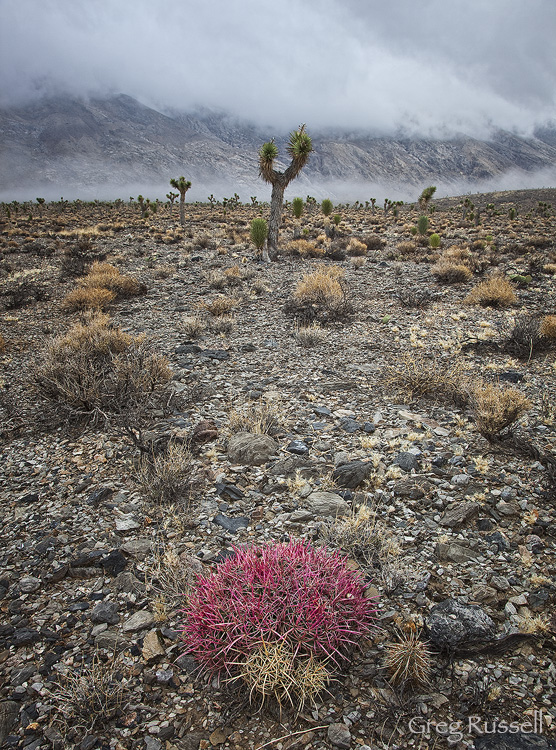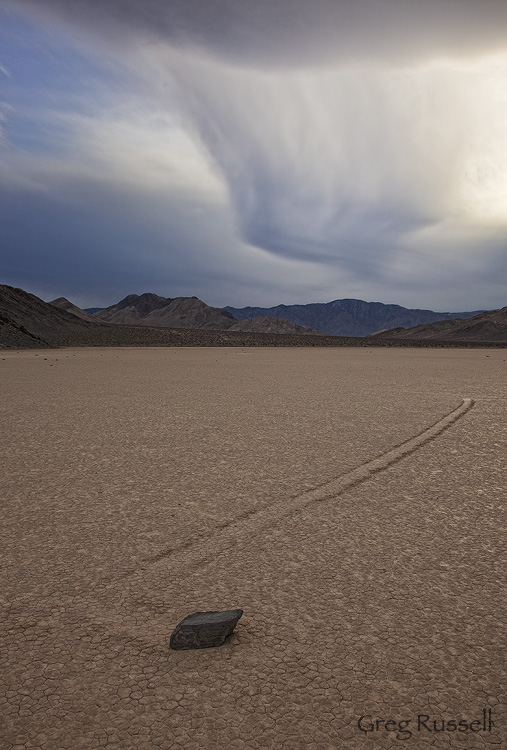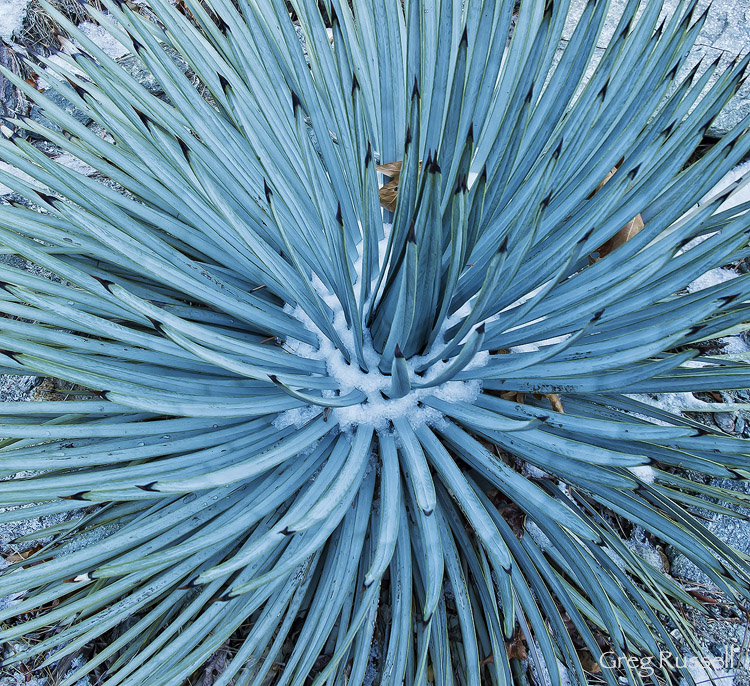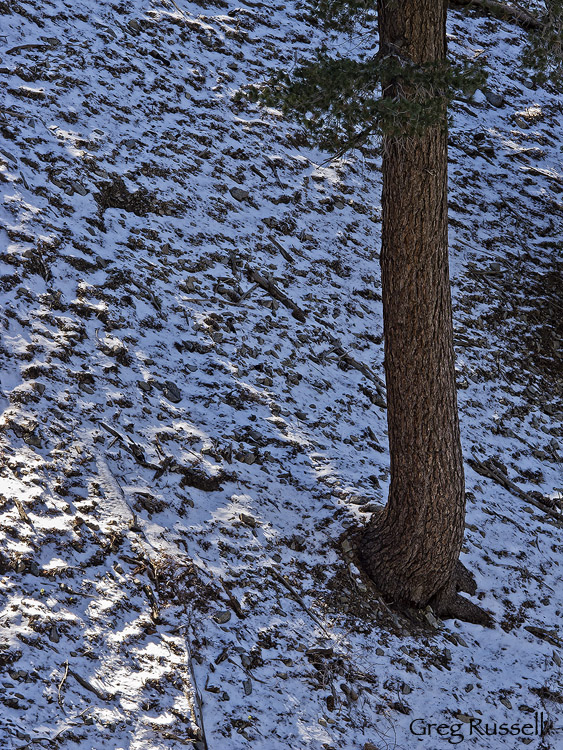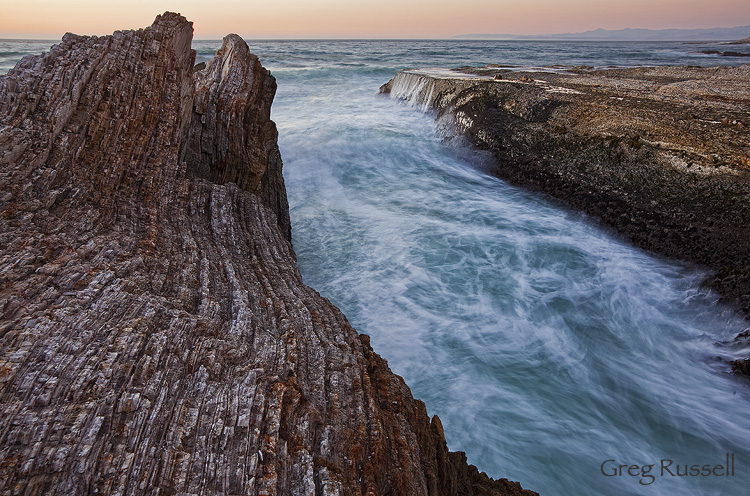“Silence. We are seldom conscious when silence begins—it is only afterward that we realize what we have been a part of. In the night journeys of Canada geese, it is the silence that propels them. Thomas Merton writes, ‘Silence is the strength of our interior life.… If we fill our lives with silence, then we will live in hope.'” — Terry Tempest Williams
It might not seem surprising that silence has been on my mind lately, given my lack of posts this year. The truth is that 2014 has been very busy, and I’ve spent a lot of time in quiet contemplation. There is peace to be found in silence: sometimes we are afraid the moment will be ruined with words that can’t do it justice; sometimes we find forgotten spaces within ourselves–spaces that have long since been buried. We tend to not wander into these open and unprotected expanses, but rather build against them, filling them with things that obscure our view.
Normally by this time of year, I’ve taken several trips. By contrast, I’ve been content to focus on local landscapes this year. One of my favorite images so far was made in a little grove of trees in the riverbed along my normal Saturday morning running route. I’ve been eyeing it for weeks, and the weather finally cooperated on a morning I was able to get down there.
I’ve also taken advantage of clearing storms in the mountains, and an invitation from a friend for an early morning hike on the beach. There’s been a certain joy in creating images close to home this year. Normally my trips are planned out on a limited itinerary and involve tiring travel. I’m not saying I don’t enjoy visiting far-off places (not even close), however by removing the stress of an abbreviated schedule and unfamiliar landscapes from the equation, I have the flexibility to let the light rather than the calendar dictate the situation, allowing me to relax and be more creative.
Movement seems to be an unintended theme in my images so far this year, but perhaps it’s fitting; we’re always quietly in motion, always changing. When the clutter and fillers are cleared away, our own evolution becomes unmistakable and unmissable in the image-making process. It’s these discrete, silent moments of self-reflection that propel us in making inspired art. So it is that the open spaces we have unearthed no longer represent dullness, but vision and hope.

